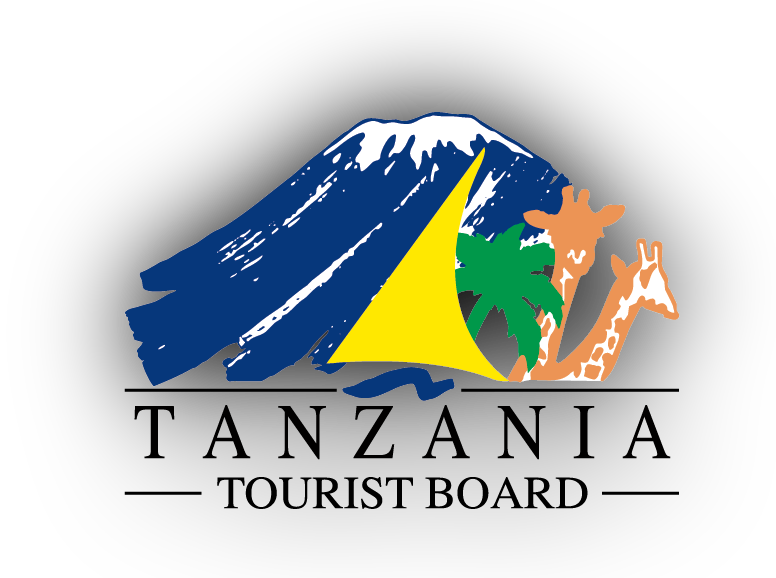Ruaha-National-Park

Ruaha-National-Park
Ruaha is a massive 10,300 sq km after being gazetted in 1964 and extended in 1974. It is the second largest park after the Serengeti and is home to 456 bird species, 1600 plant species, 50 amphibian species and a myriad of other inhabitants. The actual eco-system embraced by Ruaha, with neighbouring game reserves contains four vegetation zones and almost 40,000 sq km of land..
One of the most memorable sightings in Ruaha, is the solitary greater kudu – the spiral horns and does of lateral white stripes, allowing the kudu to blend in with its bush surroundings in time of fright.
Elephants are en-masse in Ruaha, as well are giraffe, with over 8000 in population.

The elusive and endangered African Hunting Dog is also found in Ruaha, threatened to almost extinction by hunters with the incorrect view that the dogs drove wildlife out of the area and threatened domestic stock. The base rock of Ruaha is estimated to be 450-600 million years old and faulting made the earth’s crust buckle and created mountains, and the Great Rift Valley, through which the Great Ruaha River is an extension
The flow of the river in recent times has diminished due to damming for Tanzanian electricity consumers and the rice schemes upriver








